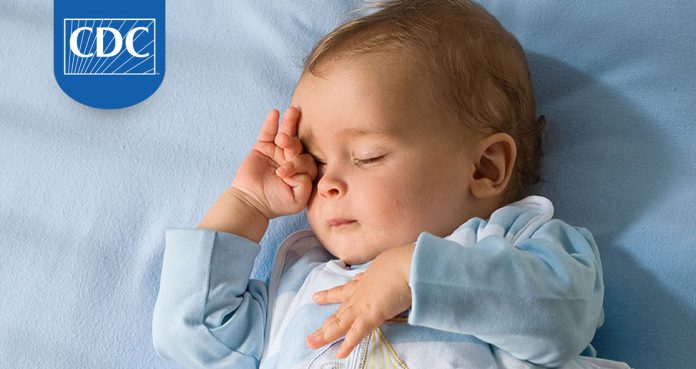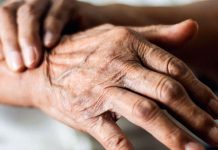“Unsafe sleep practices” is the biggest factor behind infant suffocation deaths, finds a CDC study. Many infant suffocation deaths occur when babies sleep in adult beds and on their stomachs.
To protect them from suffocation death, infants should sleep on their backs in a bare crib. They should not sleep on their stomach or even sides, and in an adult bed, or on soft surfaces, with soft objects or blankets.
A baby often sleeps better after getting cozy with a parent in an adult bed; however, little did you know that it could increase the risk of death? Well, a new study has found that such unsafe sleep practices can lead to infant suffocation deaths.
In the United States, accidental suffocation is one of the leading causes of death among babies below 1 year and nearly 82 percent of such tragedies occur in a bed, according to a new study published Monday in the journal called Pediatrics.
The study said, “Understanding the circumstances surrounding these deaths may inform prevention strategies.”
Researchers found two reasons behind the infant suffocation death – babies fell asleep on their stomach or side and they slept in an adult bed.
The authors of the study said, “Unintentional injury deaths, such as those categorized as suffocation in our study, can be prevented by following infant safe sleep practices. The safest place for infants to sleep is on their backs, on an unshared sleep surface, in a crib or bassinet in the caregivers’ room, and without soft bedding (e.g. blankets, pillows, and other soft objects) in their sleep area.”
More than half of all the soft-bedding cases occurred in an adult bed, while 27 percent happened in a bassinet or crib. And in almost all the cases, the babies were found sleeping on their stomachs or side. More than 70 percent of suffocation deaths also occurred in an adult bed, while most deaths were due to chest or neck compression. Death rates for accidental suffocation and strangulation in bed increased from six to 23 from 1999 to 2015.






















